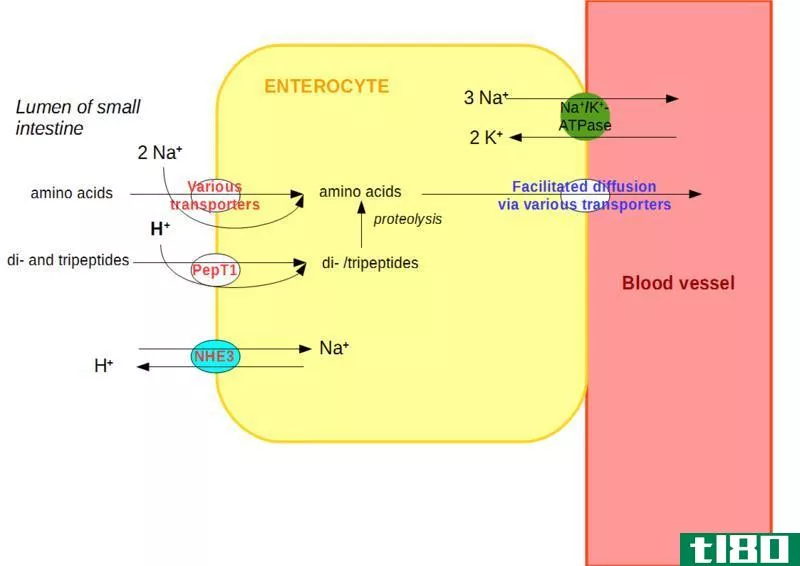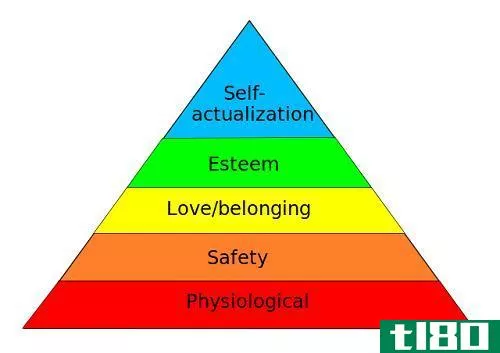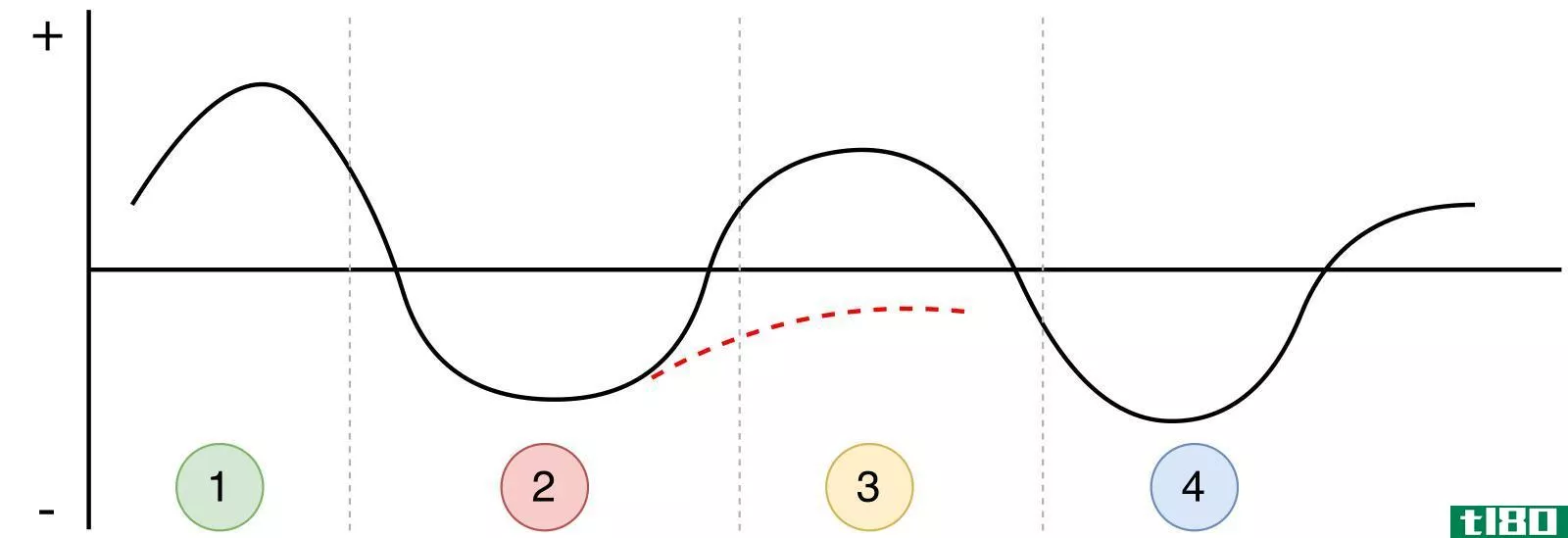言语同化
同化是语音学中的一个通用术语,指语音与相邻语音相似或相同的过程。在相反的过程中,异化,声音变得越来越不相似。“同化”一词来自拉丁语,意思是“使相似”

实例和意见
"Assimilation is the influence of a sound on a neighboring sound so that the two become similar or the same. For example, the Latin prefix in- 'not, non-, un-' appears in English as il-, im-. and ir- in the words illegal, immoral, impossible (both m and p are bilabial consonants), and irresponsible as well as the unassimilated original form in- in indecent and incompetent. Although the assimilation of the n of in- to the following consonant in the preceding examples was inherited from Latin, English examples that would be considered native are also plentiful. In rapid speech native speakers of English tend to pronounce ten bucks as though it were written tembucks, and in anticipation of the voiceless s in son the final consonant of his in his son is not as fully voiced as the s in his daughter, where it clearly is [z]." (Zdenek Salzmann, "Language, Culture, and Society: An Introduction to Linguistic Anthropology. Westview," 2004) "Features of adjacent sounds may combine so that one of the sounds may not be pronounced. The nasal feature of the mn combination in hymn results in the loss of /n/ in this word (progressive assimilation), but not in hymnal. Likewise, the alveolar (upper gum ridge) production of nt in a word such as winter may result in the loss of /t/ to produce a word that sounds like winner. However, the /t/ is pronounced in wintry." (Harold T. Edwards, "Applied Phonetics: The Sounds of American English." Cengage Learning, 2003)部分同化与完全同化
"[Assimilation] may be partial or total. In the phrase ten bikes, for example, the normal form in colloquial speech would be /tem baiks/, not /ten baiks/, which would sound somewhat 'careful.' In this case, the assimilation has been partial: the /n/ sound has fallen under the influence of the following /b/, and has adopted its bilabiality, becoming /m/. It has not, however, adopted its plosiveness. The phrase /teb baiks/ would be likely only if one had a severe cold! The assimilation is total in ten mice /tem mais/, where the /n/ sound is now identical with the /m/ which influenced it." (David Crystal, "Dictionary of Linguistics and Phonetics, 6th ed." Blackwell, 2008)牙槽鼻同化:“我不是火腿三明治”
"Many adults, especially in casual speech, and most children assimilate the place of articulation of the nasal to the following labial consonant in the word sandwich: sandwich /sænwɪč/ → /sæmwɪč/ The alveolar nasal /n/ assimilates to the bilabial /w/ by changing the alveolar to a bilabial /m/. (The /d/ of the spelling is not present for most speakers, though it can occur in careful pronunciation.)" (Kristin Denham and Anne Lobeck, Linguistics for Everyone. Wadsworth, 2010)影响方向
"Features of an articulation may lead into (i.e. anticipate) those of a following segment, e.g. English white pepper /waɪt 'pepə/ → /waɪp 'pepə/. We term this leading assimilation. "Articulation features may be held over from a preceding segment, so that the articulators lag in their movements, e.g. English on the house /ɑn ðə 'haʊs/ → /ɑn nə 'haʊs/. This we term lagging assimilation. "In many cases, there is a two-way exchange of articulation features, e.g. English raise your glass /'reɪz jɔ: 'glɑ:s/ → /'reɪʒ ʒɔ: 'glɑ:s/. This is termed reciprocal assimilation." (Beverley Collins and Inger M. Mees, "Practical Phonetics and Phonology: A Resource Book for Students," 3rd ed. Routledge, 2013)省略与同化
"In some situations, elision and assimilation can apply at the same time. For example, the word 'handbag' might be produced in full as /hændbæg/. However, the /d/ is in a site where elision is possible, so the phrase could be produced as /hænbæg/. Furthermore, when the /d/ is elided, it leaves /n/ in a position for place assimilation. So, we frequently hear /hæmbæg/. In this final example, we see again that connected speech processes have the potential to influence meaning. Is /hæmbæg/ a rendition of 'handbag' with elision and dealveolarisation, or is it simply 'ham bag'? In real life, the context and knowledge of the speaker's habitual patterns and preferences would help you to decide, and you would probably opt for the most likely meaning. So, in reality, we are rarely confused by CSPs [connected speech processes], although they do have the potential to cause misunderstandings." (Rachael-Anne Knight, "Phonetics: A Coursebook." Cambridge University Press, 2012)- 发表于 2021-09-23 18:42
- 阅读 ( 246 )
- 分类:人文
你可能感兴趣的文章
文化传播(cultural diffusion)和文化同化(cultural assimilation)的区别
文化传播与文化同化的关键区别在于,文化传播是文化特征从一个群体向另一个群体的传播,而文化同化则是少数民族群体或文化开始与主导群体相似的过程。 文化传播和文化同化是描述文化传播的两个概念。然而,文化传...
- 发布于 2020-10-21 17:31
- 阅读 ( 569 )
同化的(assimilatory)和异化硫酸盐还原(dissimilatory sulphate reduction)的区别
同化硫酸盐还原和异化硫酸盐还原的关键区别在于,同化硫酸盐还原产生半胱氨酸作为最终产物,而异化硫酸盐还原产生硫化物作为最终产物。 硫酸盐还原是厌氧呼吸的主要途径之一。此外,一些依赖厌氧条件的微生物能够...
- 发布于 2020-10-22 03:05
- 阅读 ( 691 )
吸收(absorption)和同化(assimilation)的区别
吸收和同化的关键区别在于,吸收是将消化后的简单分子从肠绒毛和微绒毛带到血液/淋巴的过程,而同化是从被吸收的分子中合成新化合物的过程。 人类是异养生物。因此,它们利用自养生物合成的含碳食物。异养营养包...
- 发布于 2020-10-24 20:26
- 阅读 ( 535 )
同化(assimilation)和住宿(accomodation)的区别
同化和和谐是皮亚杰在认知心理学中提出的两个概念。它们涉及两类与适应有关的过程。 对皮亚杰来说,适应定义了智力的增长。智力发展的进步意味着更好地适应外部世界,对这个世界有更准确的认识。适应过程经历了...
- 发布于 2021-06-24 19:47
- 阅读 ( 247 )
文化适应(acculturation)和同化(assimilation)的区别
...动力包括创新、扩散、民族融合、文化消亡、文化适应、同化和定向变迁。本文对文化适应和同化的区别作了一些探讨。 什么是文化适应(acculturation)? 定义: 文化适应的定义是,“获得‘第二文化’的过程,通常是两个社...
- 发布于 2021-06-26 06:44
- 阅读 ( 737 )
同化(assimilation)和文化适应(acculturation)的区别
同化与文化适应的主要区别 文化适应是价值观和习俗从一个群体向另一个群体的转移,而同化则是少数民族在文化主体中的吸收。 同化和文化适应是社会学中的两个主要概念,涉及人的变化。简单地说,同化是一个人或...
- 发布于 2021-06-27 04:11
- 阅读 ( 565 )
同化(assimilation)和住宿(accommodation)的区别
主要区别-同化与适应 同化和适应是皮亚杰认知发展理论的两个基本组成部分。根据皮亚杰的理论,孩子的智力成长是适应的结果。同化和适应是两个互补的适应过程。在讨论同化和顺应之间的区别之前,理解这个理论中...
- 发布于 2021-06-27 06:39
- 阅读 ( 825 )
蒸腾作用(transpiration)和易位(translocation)的区别
...体内运输蔗糖。由韧皮部运输的蔗糖和其他有机物质称为同化物。同化物从源头装载到韧皮部。同化物在水槽处从韧皮部释放。同化物的运输是通过韧皮部的筛分子进行的。筛子的两端互相连接,形成一个连续的柱。韧皮部通过...
- 发布于 2021-06-29 11:56
- 阅读 ( 297 )
新生代(holozoic)和腐生营养(saprophytic nutrition)的区别
...植物营养之间的区别——关键差异比较 关键词:吸收,同化,化学消化,消化,排泄。真菌,新生代营养,摄食,机械消化,吞噬,腐生营养 什么是新生代营养(holozoic nutrition)? 新生代营养是指动物对固体或液体有机物的摄取...
- 发布于 2021-06-30 09:48
- 阅读 ( 598 )
糖同化(sugar assimilation)和发酵(fermentation)的区别
糖同化和发酵的关键区别在于,糖同化是将多余的糖储存在细胞中供以后使用的过程,而发酵是通过厌氧过程分解糖的过程。 糖同化是一个用来描述肝脏和肌肉细胞以糖原形式储存过量葡萄糖的术语。另一方面,发酵是在厌...
- 发布于 2021-07-14 03:12
- 阅读 ( 227 )














